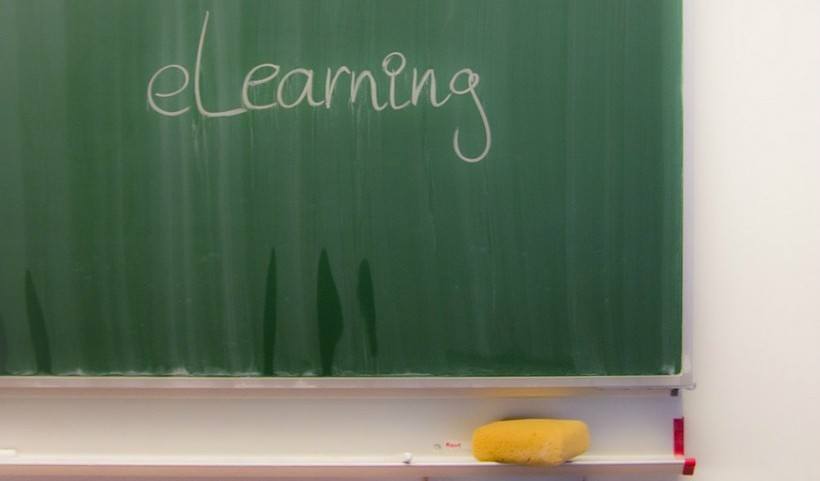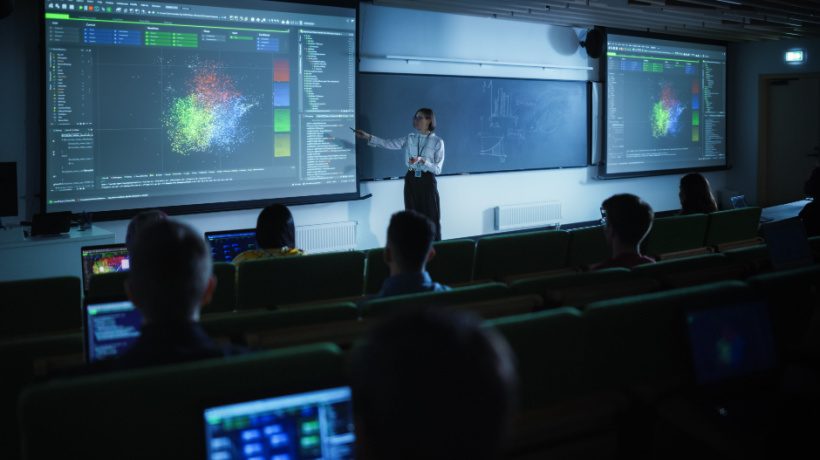Integrating Technology In The Classroom To Better Connect Parents, Teachers, And Students
While student learning often happens in the classrooms, education requires a support structure that goes far beyond school walls. An extensive set of systems –from administrative to experiential– work together to help every child learn.
While these systems should work together in seamless coordination, education technology too often contributes to their fracturing. Tech tools often present essential functions across multiple platforms – muddying the picture of student success and isolating students from teachers and administrators from parents. Teachers, parents, administrators, and students who share a commitment to education deserve equally unified technological solutions.
Education technology has long sought to solve the myriad and dynamic challenges that persist in the classroom. How do we give teachers back time to spend with their students? How do we include parents in their child’s education? How do we put data to work improving outcomes? How do we give administrators, teachers, parents, and students access to the same, comprehensive, real-time information on the student’s progress?
Integrating Technology In The Classroom: An Example
Technology cannot solve every challenge in education, but smart technological solutions improve communications, strengthen collaboration, and deliver results. At the International Society for Technology in Education (ISTE) conference in San Antonio last week, I had an opportunity to see a number of new products and solutions that were launched that show a tremendous amount of potential to help answer a lot of questions around integrating more technology in and outside of the classroom to deliver better outcomes for administrators, teachers, parents, and students.
One example is PowerSchool’s re-released Unified Classroom platform which provides a comprehensive package that gives educators a bird’s eye view of their students and helps develop personalized learning experiences. With up-to-the-minute feedback teachers and parents can together identify problems and opportunities in a child’s education. While the technological platform itself is important, so too are the analytical insights it makes possible.
The 2017 summer release of PowerSchool’s Unified Classroom includes 6 major updates that users should be aware of:
- New unified user experience designed in collaboration with educators that provides a unified calendar, notifications, events, notes, centralized actions, search, and reporting.
- New 360-degree view of students progress enabling teachers and parents to track all aspects of a student’s behavior, attendance, assignments, digital content usage, grades, discussions, wikiprojects, e-portfolio, and progress throughout their educational career.
- New unified learning and assessment platform for personalized instruction that empower teachers and administrators to implement best practice instructional strategies.
- New early warning and student progress analytics to provide real-time visibility into student performance to identify where they may be struggling based on attendance, student engagement, grades, and standard progress.
- New student and parent portal with activity feed to drive increased engagement connecting the home to the classroom.
- New platform support to securely integrate with other classroom tools: Increase security with a new embedded identity management system to help teachers securely integrate centralized account management.
Improvements in data collection and analysis can now offer a fuller picture of students’ academic records and performance.
Teachers have long relied on their own observations and intuition to track student performance. However, with so many competing priorities, educators (and parents) can benefit from technologies that provide analysis and spot patterns in performance. Making this kind of data available enables a smart approach to personalized learning that can truly maximize a student’s potential.
Teachers remain the center of high-quality education, and communication resulting in meaningful engagement with students is essential.
Tools that centralize information in an easy to use platform help teachers marry the kind of focus on individuals that is integral to personal development with data-based strategies that improve academic performance. As a result, teachers are able to cater their lessons and approaches to the unique needs of their students.
When a student needs academic intervention, the best time to identify the problem is now.
By integrating technology in the classroom, teachers and parents can track students’ academic performance as it happens, and draw upon data from a student’s entire academic career. When a student is encountering the same problem this year with trigonometry that was experienced last year with geometry, teachers and parents should register that pattern. This is the way we apply the tools of the information age to education.
Integrating technology in the classroom will allow our school system to utilize the framework of personalized learning on a massive scale.









